How to save the site from stem nematode?
Of the huge group of parasitic worms, some species, for example, stem nematodes, have firmly established themselves on garden plants. Pests are selective in their search for host plants. Potato nematode develops on pumpkin seeds, fodder cereals, tomatoes, nettles, mint, and a number of other plants, but onions or garlic are not interesting for her. Conversely, the onion and garlic nematode dominates parsley, radishes, tomatoes, and some weeds. This feature is the basis for the method of preserving the future harvest - protection through crop rotation.
How to recognize contamination of crops?
If the nematode was in the soil or introduced with seedlings, already with the appearance of the first seedlings, the presence of the disease can be suspected:
- plants sprout slowly and uncommonly;
- shoots and leaves are deformed, twisted, weak, spotted;
- unsaturated shade of green;
- fusiform thickenings are visible on the stems;
- flowers are rare, small;
- fruits are small, irregular in shape, with deformities.
There is a partial or significant death of sprouts and bulbs.
Pest research is half the battle
The stem nematode is a microscopic transparent whitish filamentous worm, body length - from 1 to 1.8 mm, width up to 0.04 mm. The larvae are of the same shape, but much smaller. They reproduce in the warm season in plant tissues, which they feed on. Females lay about 300 eggs, one month is enough for the development of individuals. 4-5 generations develop per year. Pests hibernate in the stems of weeds, strawberries, in bulbs, tubers and in the soil, penetrating deep to 20 cm. In a state of suspended animation, they remain from two to five years.
Wet soil, frequent watering of garden plants by spraying, when the stems and leaves get wet, are factors that contribute to the development of nematodes. There is evidence that they prefer acidic soils (pH 5.5–5.8). Remnants of vegetation in vegetable gardens, garbage and humus heaps are their habitats.
Strawberry contamination
This malicious pest often infects strawberry bushes. If there are swollen, fusiform areas on leaf petioles, peduncles and whiskers, leaves are corrugated, spotted, berries are small, irregular in shape and, as it were, unripe, one can suspect the presence of a stem nematode on the site.
- Infected plants are removed and burned.
- The soil is treated with bleach, 5% ferrous sulfate or 4% formalin solution.
- The next 3-4 years, the site is used for garden crops that are not affected by this type of pest.
- It is better to observe crop rotation through black fallow for the first year after infection.
Advice
There are strawberry varieties that are relatively resistant to the nematode: Luch, 50 years of October, Zenga Zengana, Gera, Cheburashka, and some others.
Onion and garlic contamination
Signs of infection in garlic or onion seedlings are quite obvious.
- Yellowing of leaves, their deformation and curling in garlic.
- The stalk of winter garlic is cracked and thickened.
- The dug heads are wet and have a pungent odor. Later the bottom decays, the head collapses.
- Affected denticles below with an uncharacteristic yellowish tinge.
- The lower part of the onion feathers is thickened, the upper part is curved.
- Bulging of a part of a ripe bulb, cracks in the bottom.
- Loose, soft tissues of internal scales.
- Outside, ripe bulbs have whitish spots. These bulbs dry out during storage.
The nematode enters the garden with planting material infected with larvae: garlic cloves, small onions, purchased not in specialized stores.On dry onion skins, the larvae are viable for two years, and in dried garlic - up to five years. In a humid environment, they come to life again. Almost never found in seeds. Only in a rainy year do the worms creep up to the seed pods of onions. In a damp room, healthy bulbs are also infected during storage.
Advice
Keep the bulbs and cloves hot before planting (45-500C) water up to 10-15 minutes. A small part of the larvae may remain, but most will die.
Protective measures
In addition to plant alternation and liming of acidic soil, there are methods of biological protection:
- plant marigold along the perimeter of the strawberry plot - their phytoncides drive away the pest;
- potato nematode dies after plowing green manure - oil radish or white mustard.
Effective fight - treatment with poisons: mercaptophos, lindane (ruskamine), BI-58. In autumn, the soil is disinfected: carbation, Heterophos, Tiazon, metarizin.
Thus, gardeners will have to constantly work on improving the site. Get rid of a dangerous pest, punctually following the advice for its destruction.
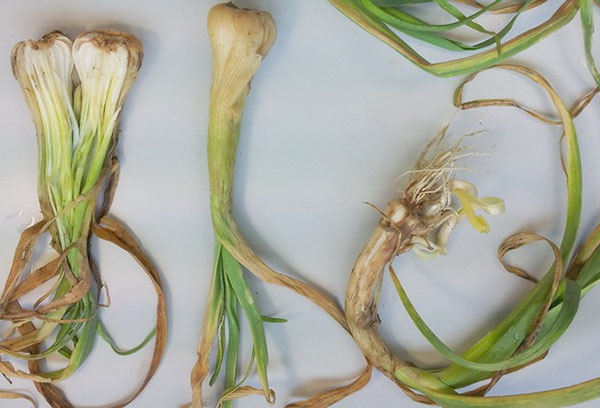
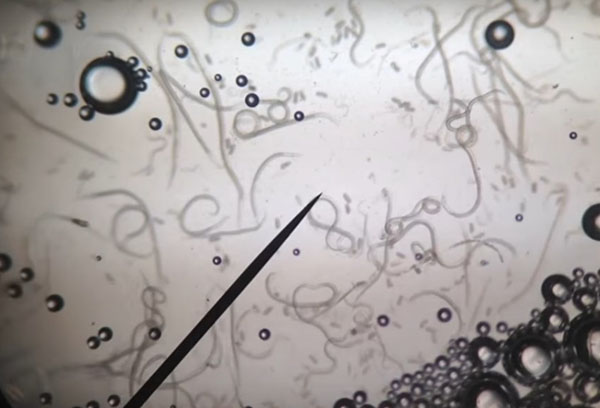
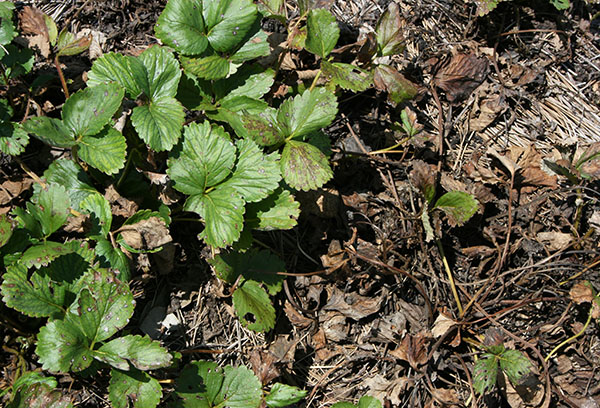
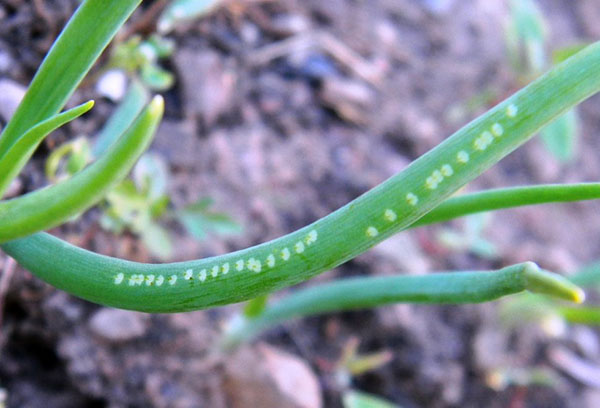

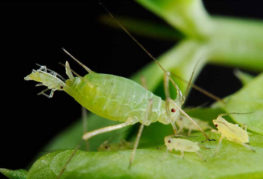
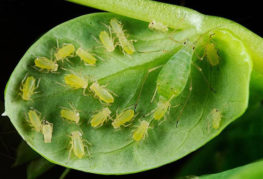
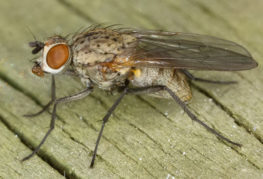
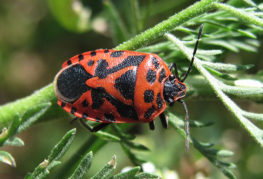
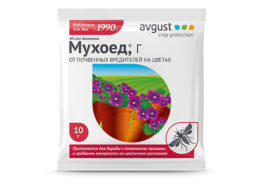

and will be published shortly.